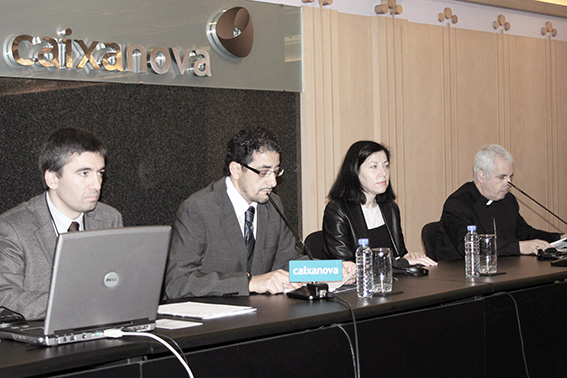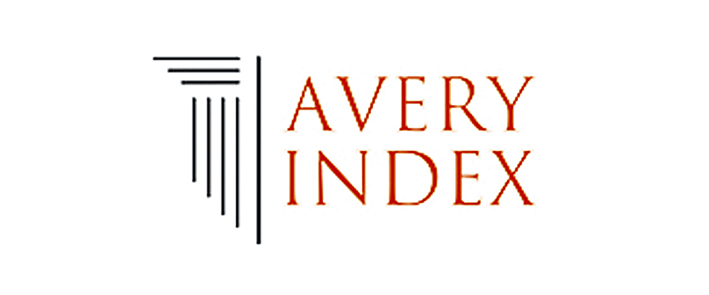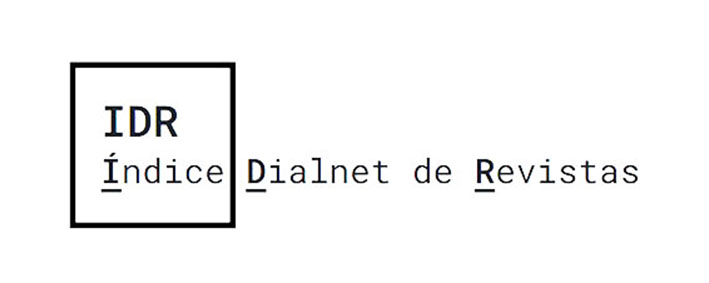Opening
DOI:
https://doi.org/10.17979/aarc.2009.2.1.5034Keywords:
Religious architecture, concept, identity, Ourense, memoryAbstract
The identity of the places of worship is one of the most difficult problems faced by religious architecture at the start of this new millennium. The globalising experiences demand peremptorily a reflection, both a conceptual and a situational one, about the origin of objects, people and institutions.
The easiness with which foreign cultural systems are currently reached allows multiple exchanges, some of them leading to a transfer of values and to inter-religion dialogue. This happens as a result of the on-going influx of migrants to the rich and strongly secular countries of Europe and North America, the repeated fundamentalism outbreaks in various corners of the World and the gradual religious opening of the Far East.
Nevertheless, the chance of these migration flows annihilating the already-existing religious identities is perceived as a problem. This problem is directly linked to the survival of architecture as a system carrying a material representation of the divine and constituting a self-reference system for the community of believers.
Therefore, we may ask ourselves to what extent the new religious architecture has given room to an abstract type of formal experimentation which is disconnected from social reality. Does this architecture maintain its bridging, sacramental value or, on the contrary, has it given way to the conceptualist trends still alive in the artistic world? Is metaphor a valid concept for Christian cult? Is there an essential aspect linking our architecture to the centuries-old tradition of the Catholic Church?
Different architectural, pedagogical, exhibition and formal initiatives have arisen in recent years and it is necessary to get to know them, with the purpose of understanding where is contemporary religious architecture heading in its eternal search for a permanent identity.
Downloads
Metrics

Downloads
Published
How to Cite
Issue
Section
License

This work is licensed under a Creative Commons Attribution-NonCommercial-ShareAlike 4.0 International License.

















